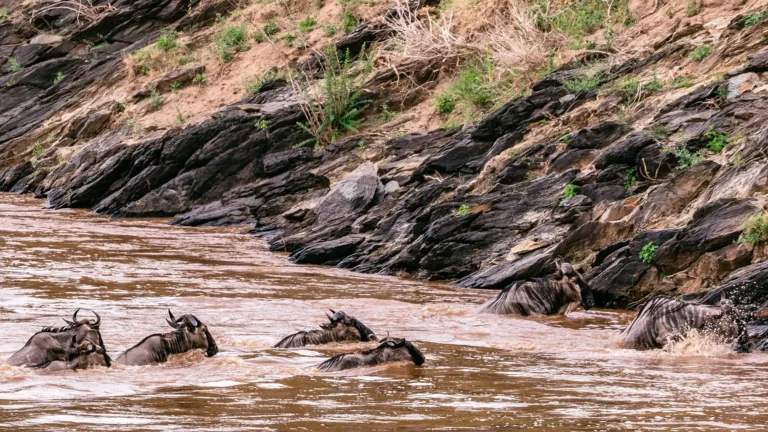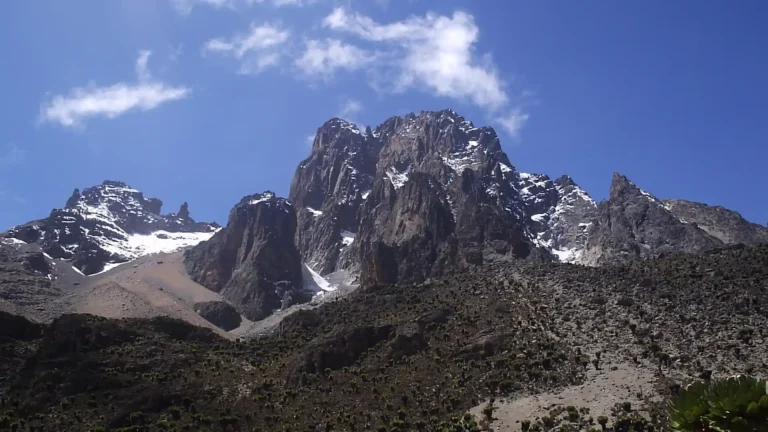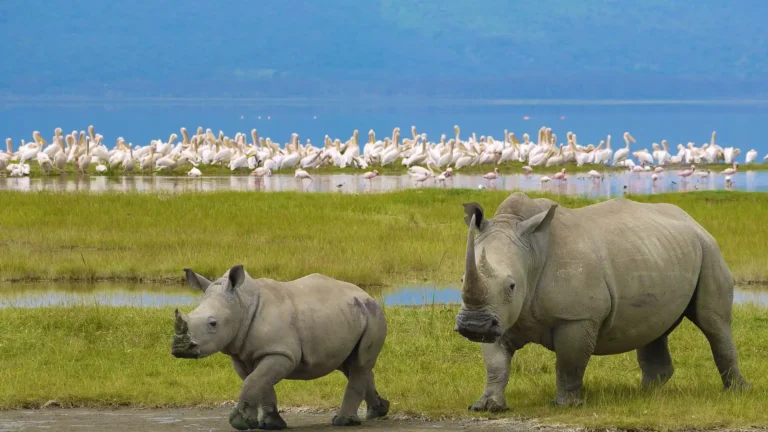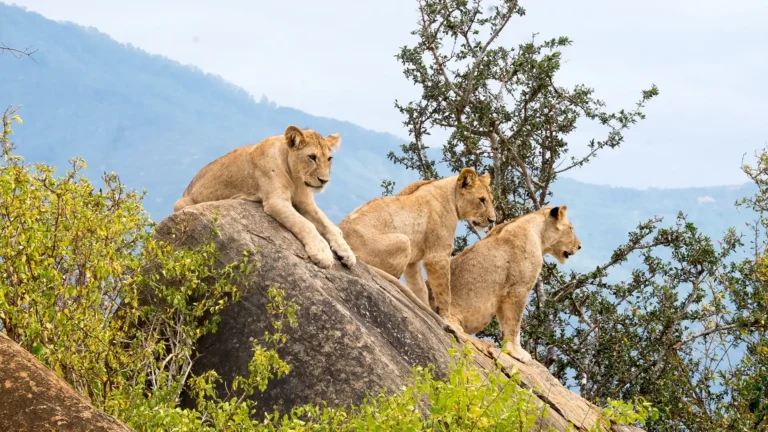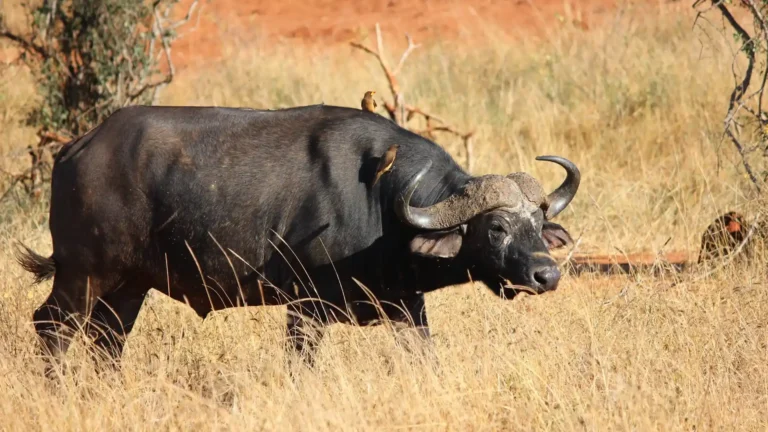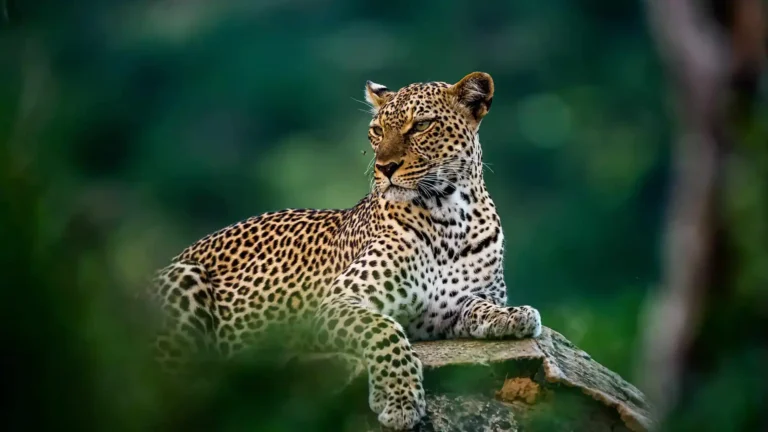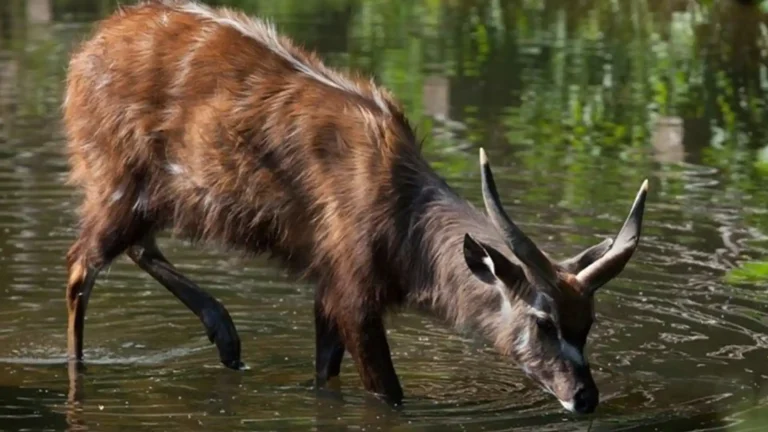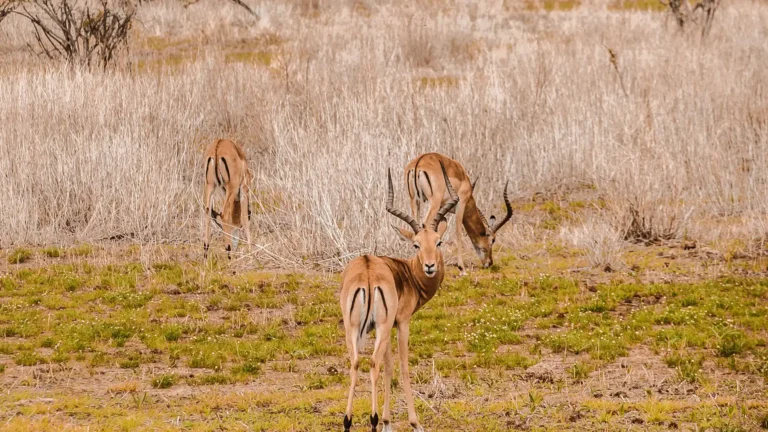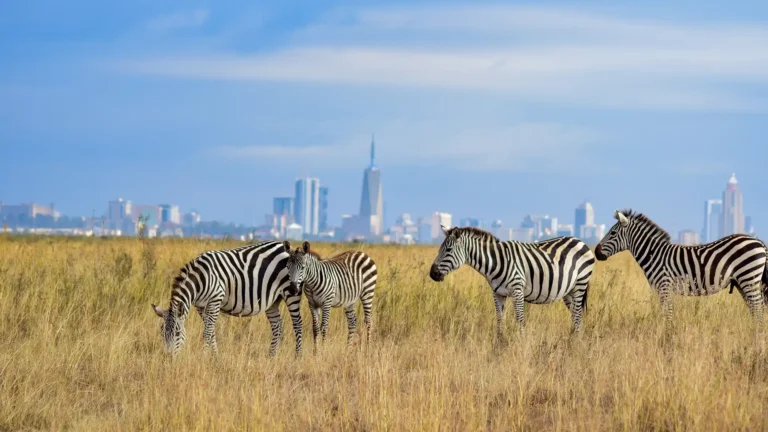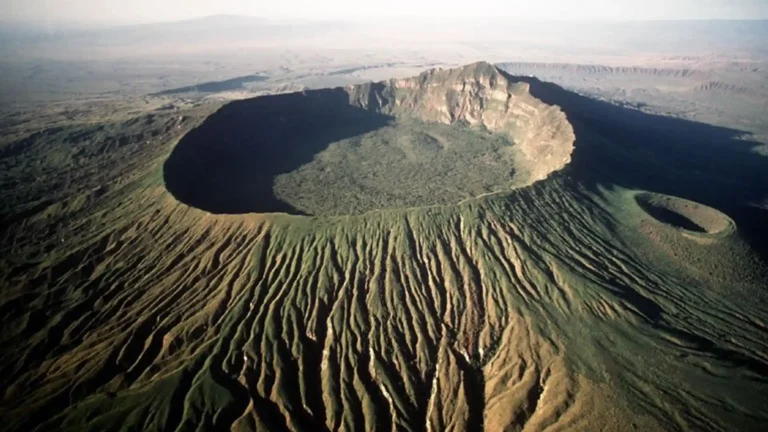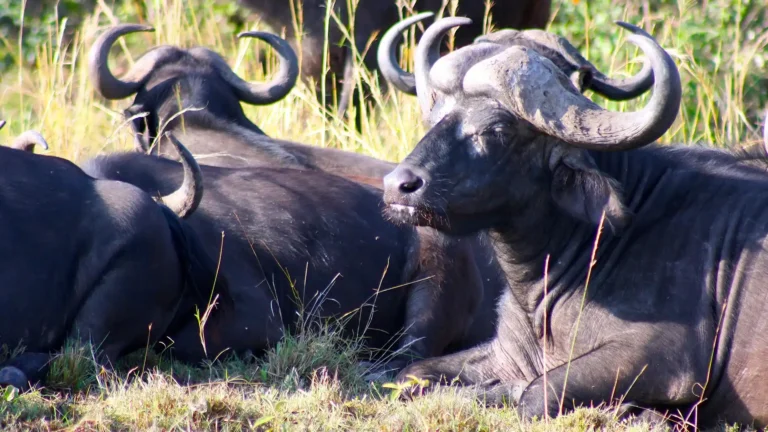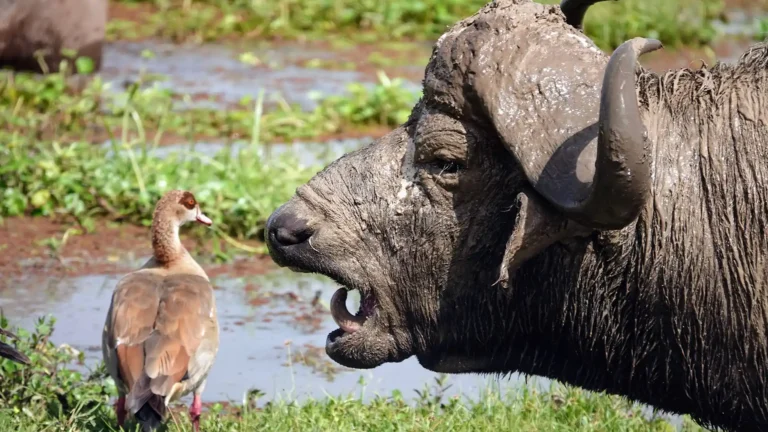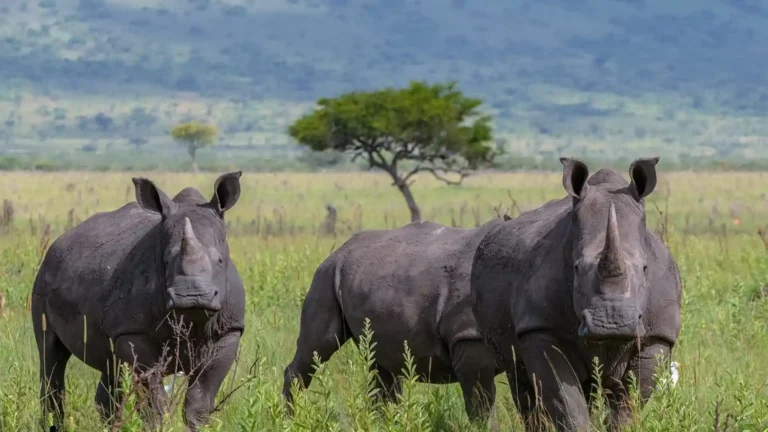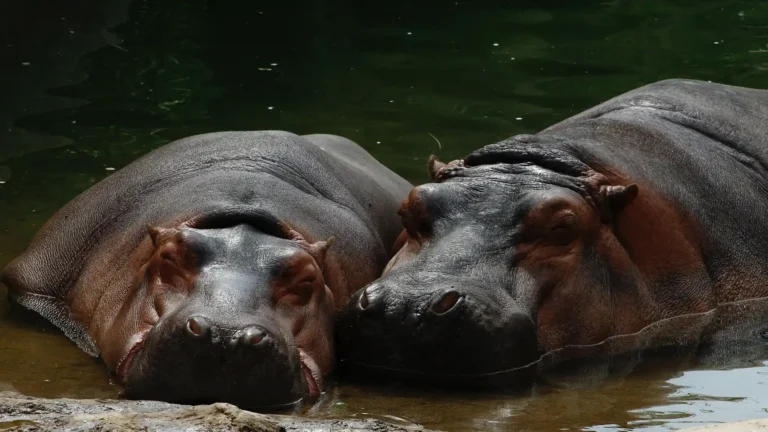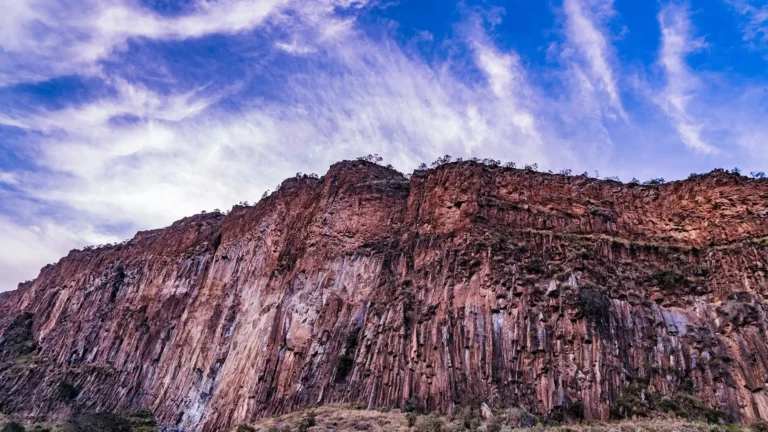Samburu National Reserve
Kenya’s sanctuary for unique wildlife and stunning landscapes along the Ewaso Ng’iro River.
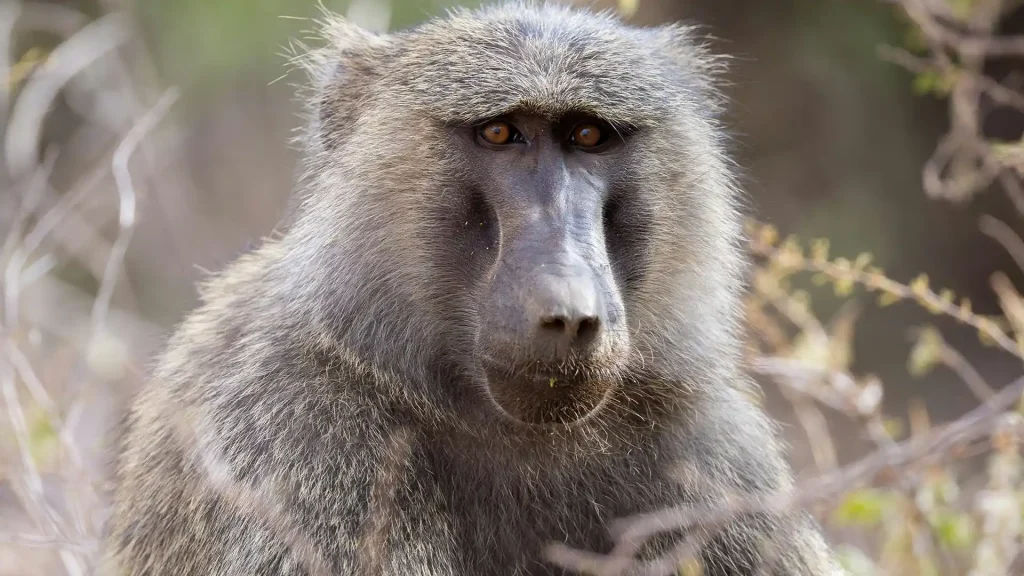
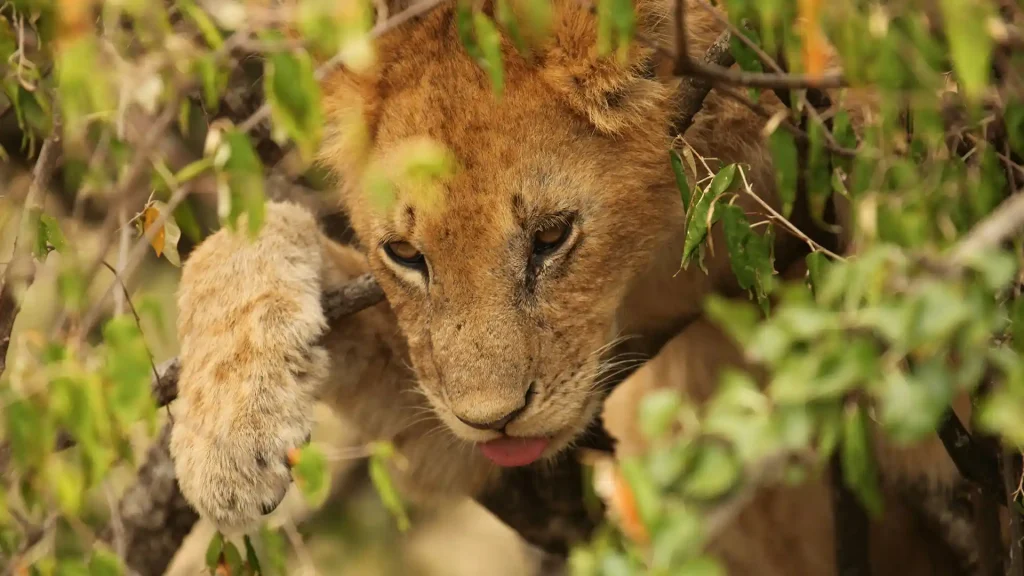
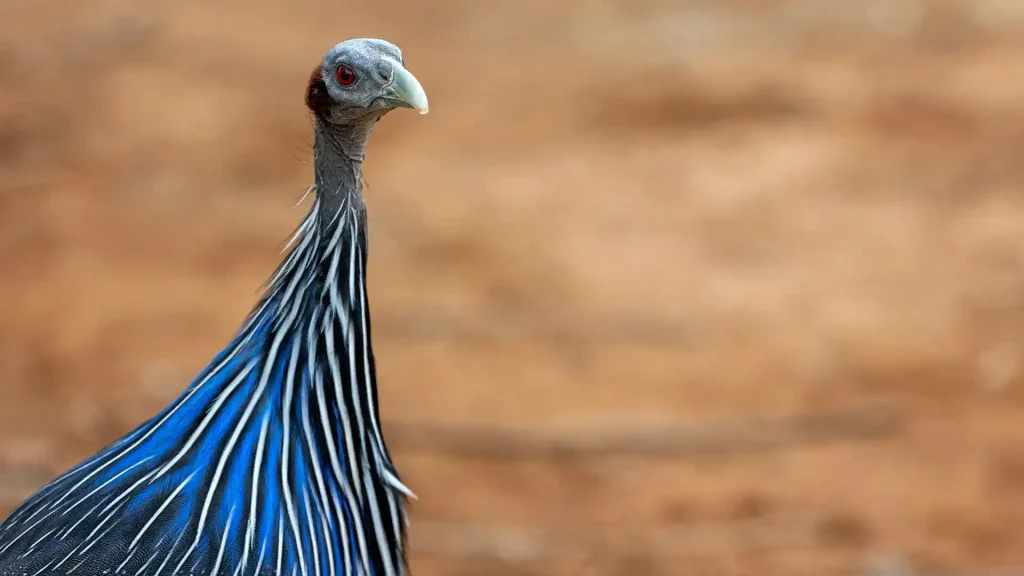
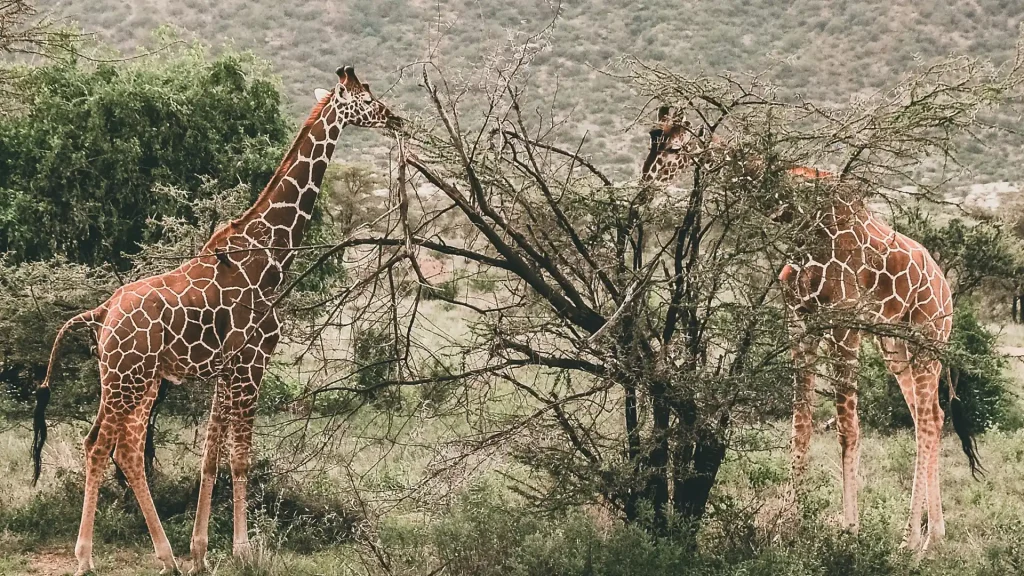
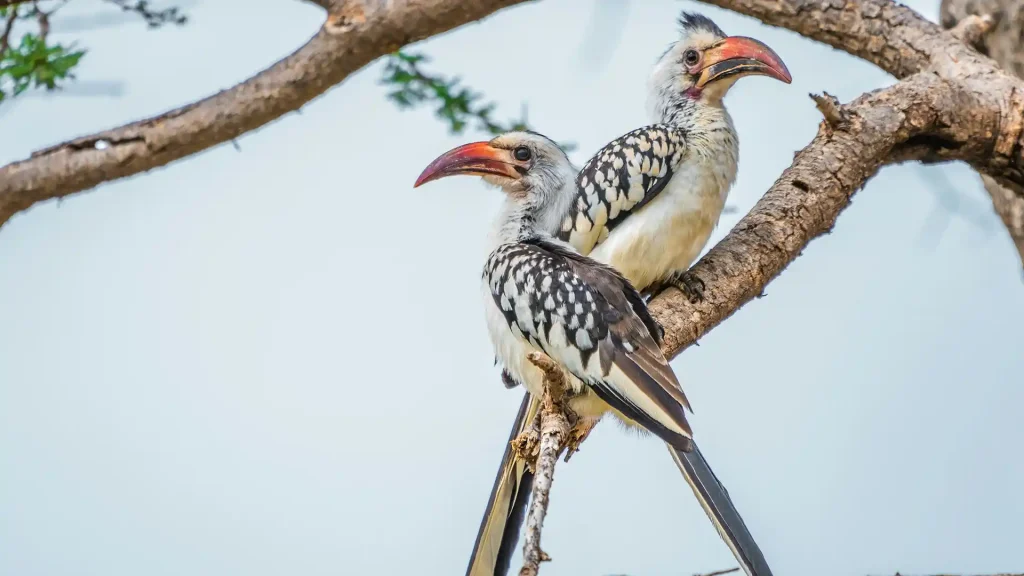
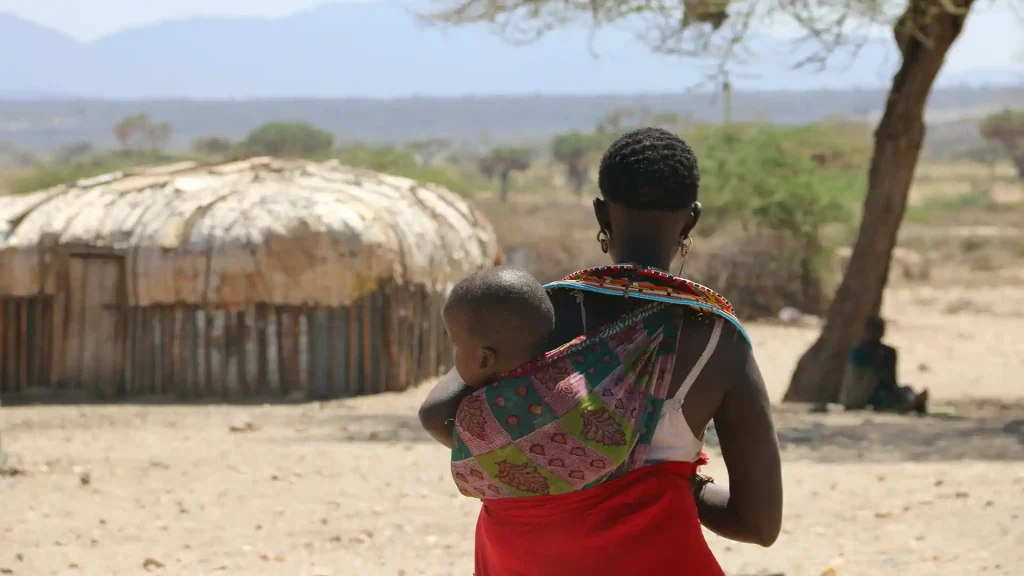
Overview
Samburu National Reserve, located in northern Kenya along the Ewaso Ng’iro River, spans approximately 165 square kilometers of arid and semi-arid landscapes. Established in 1962, this reserve offers a unique ecosystem that supports a variety of wildlife not commonly found elsewhere in Kenya, such as the Grevy’s zebra, Somali ostrich, reticulated giraffe, and gerenuk. The reserve’s climate is typically hot and dry, with occasional rainfall that sustains its sparse but resilient vegetation, including acacia trees and riverine forests. Samburu is also a birdwatcher’s paradise, home to over 450 bird species. The reserve’s history is intertwined with the culture of the Samburu people, pastoralists who have lived in harmony with the land for generations. Visiting Samburu National Reserve provides a breathtaking experience, combining striking landscapes with rich biodiversity and cultural heritage.
Things to Do
Game Drives: Embark on thrilling game drives across Samburu National Reserve’s rugged terrain. Early morning and late afternoon drives provide the best chances to spot the unique “Samburu Special Five”: the Grevy’s zebra, Somali ostrich, reticulated giraffe, gerenuk, and Beisa oryx. Accompanied by expert guides, you’ll gain fascinating insights into the behavior and ecology of these rare species.
Bird Watching: With over 450 bird species recorded, Samburu National Reserve is a haven for birdwatchers. Spot vibrant species such as the vulturine guineafowl, Somali bee-eater, and the magnificent martial eagle. The diverse habitats, including riverine forests, savannahs, and acacia woodlands, offer a rich birding experience throughout the year.
Cultural Visits: Engage with the Samburu people, who call this region home. Participate in cultural tours to learn about their traditional way of life, including age-old customs, dances, and beadwork. These interactions provide a deeper understanding of the Samburu community’s connection to the land and their rich cultural heritage.
Nature Walks and Hiking: Explore the stunning landscapes of Samburu on guided nature walks and hikes. Traverse through diverse terrains, from riverbanks to rocky hills, encountering various wildlife and plant species. These walks offer a peaceful and intimate way to experience the reserve’s natural beauty and biodiversity.
Samburu River Excursions: Take a boat trip along the Ewaso Ng’iro River, the lifeblood of the reserve. The river sustains a wide variety of wildlife, including crocodiles, hippos, and numerous bird species. River excursions provide a unique vantage point for observing animals coming to drink and bathe, creating unforgettable moments for visitors.
Photography Safaris: Capture the breathtaking scenery and wildlife of Samburu on a photography safari. The reserve’s dramatic landscapes, characterized by its red earth and iconic doum palms, provide perfect backdrops for stunning photographs. Whether you’re a professional or a hobbyist, the golden light of dawn and dusk offers excellent conditions for memorable shots.
Picnic and Relaxation Spots: Relax and enjoy a meal at designated picnic areas within the reserve. These spots, often shaded by acacia trees and overlooking scenic vistas, offer a tranquil setting to unwind and take in the sights and sounds of the African wilderness. It’s the perfect way to relax after a day of exploring.
Exploring the Reteti Elephant Sanctuary: Visit the nearby Reteti Elephant Sanctuary, a community-owned sanctuary that rescues and rehabilitates orphaned and abandoned elephant calves. Learn about the conservation efforts and the important work being done to protect these gentle giants. The sanctuary offers a heartwarming experience and a deeper appreciation of wildlife conservation.
Star Gazing: Experience the magic of the African night sky in Samburu National Reserve. The clear, unpolluted skies provide perfect conditions for stargazing. Enjoy the sight of countless stars, planets, and constellations, creating a breathtaking and humbling experience under the vast, open sky.
Visiting the Samburu Intrepids Camp: Stay at the Samburu Intrepids Camp for a luxurious and immersive safari experience. The camp offers guided bush walks, educational talks, and close-up wildlife encounters. The blend of comfort and adventure makes it an ideal base for exploring the reserve and enjoying all its wonders.
What to See
The Samburu Special Five: Samburu National Reserve is famous for its unique wildlife, including the “Samburu Special Five” – the reticulated giraffe, Grevy’s zebra, Somali ostrich, beisa oryx, and gerenuk. These species are specially adapted to the arid conditions of the reserve and are rarely found in other parts of Kenya, making Samburu a must-visit for wildlife enthusiasts.
Elephant Herds: The reserve is home to large herds of elephants that can often be seen grazing along the Ewaso Ng’iro River. Watching these gentle giants in their natural habitat, especially during their daily routines of feeding, bathing, and socializing, is an awe-inspiring experience.
Leopards and Big Cats: Samburu is known for its healthy population of big cats, particularly leopards, lions, and cheetahs. The elusive leopard can sometimes be spotted resting in the branches of acacia trees, while lions and cheetahs roam the open plains in search of prey.
Birdlife: With over 450 species recorded, Samburu is a birdwatcher’s paradise. Notable species include the martial eagle, African darter, vulturine guineafowl, and pygmy falcon. The varied habitats, from riverine forests to open savannah, provide excellent birding opportunities throughout the reserve.
Ewaso Ng’iro River: The lifeline of the reserve, the Ewaso Ng’iro River, is a focal point for wildlife and a stunning natural feature. The river’s banks are lush with vegetation, attracting a variety of animals, especially during the dry season. The sight of animals coming to drink at the river is a quintessential African safari moment.
Samburu Cultural Visits: Engage with the Samburu people, who have lived in harmony with the land for centuries. Cultural visits offer insights into their traditional lifestyle, including their vibrant clothing, beadwork, and dances. These interactions provide a deeper appreciation of the reserve’s human heritage and add a rich cultural dimension to your visit.
Scenic Landscapes: The dramatic landscapes of Samburu, characterized by rugged hills, vast savannahs, and the iconic Doum palms along the river, offer breathtaking scenery. The reserve’s unique topography, with its stark contrasts and natural beauty, makes it a perfect destination for photographers and nature lovers.
Rare Wildlife Species: Beyond the Samburu Special Five, the reserve is also home to other rare and endangered species such as the wild dog and the lesser kudu. Spotting these elusive animals in their natural environment is a thrilling experience for any wildlife enthusiast.
Stunning Sunsets and Sunrises: Samburu National Reserve is known for its spectacular sunsets and sunrises, painting the sky in hues of orange, pink, and purple. These magical moments provide the perfect backdrop for reflection and appreciation of the natural beauty that surrounds you.
Crocodiles and Hippos: The Ewaso Ng’iro River is also home to Nile crocodiles and hippos. Watching these massive creatures in and around the river adds an exciting element to your safari experience. The river’s dynamic ecosystem supports a rich array of wildlife interactions.
Best Time to Visit
The best time to visit Samburu National Reserve, located in northern Kenya, is during the dry season from June to October and from December to March. During these periods, the reserve’s weather is characterized by clear skies and warm temperatures, making it ideal for game viewing. Wildlife congregates around the Ewaso Ng’iro River and other water sources, providing excellent opportunities to see elephants, lions, leopards, and the unique “Samburu Special Five” – the Grevy’s zebra, reticulated giraffe, Somali ostrich, Beisa oryx, and gerenuk. The dry season also ensures that the vegetation is less dense, making it easier to spot animals. Birdwatchers will also be delighted as the reserve hosts numerous bird species year-round.
Getting there
By Road: Traveling to Samburu National Reserve by road offers an adventurous journey through the scenic landscapes of Kenya. The reserve is approximately 350 kilometers north of Nairobi, a drive that typically takes about 6 to 7 hours. Departing from Nairobi, you will head north via the Thika Superhighway, then continue on to the A2 highway. The route takes you through the lush, green countryside and bustling towns, providing glimpses of Kenya’s diverse cultural and natural beauty.
As you approach Isiolo town, the gateway to Samburu, the landscape transitions to more arid and rugged terrain, characteristic of the Samburu region. From Isiolo, it’s a 90-kilometer drive to the reserve’s main gate. The roads are generally in good condition, but a 4×4 vehicle is recommended, especially during the rainy season when some sections can become challenging. Along the way, you can stop at local markets, interact with the Samburu people, and enjoy the scenic views, making the journey as much a part of your adventure as the destination itself.
By Air: For a quicker and more convenient option, flying to Samburu National Reserve is an excellent choice. Several airlines operate scheduled flights from Wilson Airport in Nairobi to Samburu’s airstrips, including Samburu Oryx and Buffalo Springs airstrips. The flight duration is approximately 1 to 1.5 hours, offering a breathtaking aerial view of Kenya’s diverse landscapes, from the lush highlands to the arid savannahs of the north.
Upon arrival at the airstrip, you will be greeted by the warm hospitality of the local guides and transferred to your lodge or camp within the reserve. Flying not only saves travel time but also provides an opportunity to experience the stunning geography of Kenya from above, setting the stage for the awe-inspiring wildlife encounters and natural beauty awaiting you in Samburu National Reserve.
Where to Stay
Mid-Range Accommodation:
Samburu Sopa Lodge
This lodge offers comfortable rooms with stunning views of the surrounding landscape. Amenities include en-suite bathrooms, a restaurant serving buffet-style meals, and various activities such as game drives and nature walks.
Samburu Game Lodge
Located on the banks of the Ewaso Nyiro River, this lodge features 65 cottages with private balconies, en-suite bathrooms, and other modern amenities. The lodge also offers bush breakfasts, lunches, and dinners, providing a unique dining experience in the wild.
Sentrim Samburu Camp
Positioned within the reserve, this camp offers tented accommodations with en-suite bathrooms, a swimming pool, and a restaurant. It’s an excellent choice for those seeking a mid-range option with modern comforts
Luxury Accommodation:
Saruni Samburu
This exclusive lodge offers luxurious villas with spectacular views of the Kalama Conservancy and Mount Kenya. Each villa is tastefully decorated and provides high-end amenities, ensuring a lavish stay in the wild.
Elephant Bedroom Camp
Known for its intimate setting and luxurious tents, this camp provides an up-close experience with nature. Guests can enjoy guided walking tours, game drives, and cultural visits, all while staying in beautifully furnished tents with private decks.
Ashnil Samburu Camp
Situated along the Ewaso Nyiro River, this camp offers 30 luxury tents with amenities such as hot showers, hairdryers, and sunbeds. Guests can indulge in gourmet dining, game drives, and cultural visits, making it a perfect choice for luxury travelers.
Other Attractions in Kenya
General Knowledge Base
General information about Samburu National Reserve
The “Samburu Special Five” are unique species found in the reserve: the Grevy’s zebra, Somali ostrich, reticulated giraffe, gerenuk, and Beisa oryx.
The Ewaso Ng’iro River is the lifeblood of the reserve, providing water for the abundant wildlife and supporting the lush vegetation along its banks.
Samburu is home to over 450 bird species, including the vulturine guineafowl, Somali bee-eater, and martial eagle, making it a birdwatcher’s paradise.
Samburu is part of the greater Samburu-Laikipia ecosystem, known for its high density of elephants and home to the Reteti Elephant Sanctuary, which rescues and rehabilitates orphaned elephants.
Visitors can engage with the Samburu people, learning about their traditional lifestyle, including dances, beadwork, and age-old customs, providing a rich cultural experience.
The reserve is a key area for wildlife research, particularly for studies on elephant behavior and ecology, helping to inform and improve conservation efforts across Africa.
Visitors to the Reteti Elephant Sanctuary can observe the rescue and rehabilitation of orphaned elephants, gaining insight into the sanctuary’s vital conservation work and the elephants’ journey back to the wild.
Samburu’s landscape is characterized by rugged terrain, red earth, and iconic doum palm trees, creating a distinct and dramatic scenery compared to other Kenyan parks.

